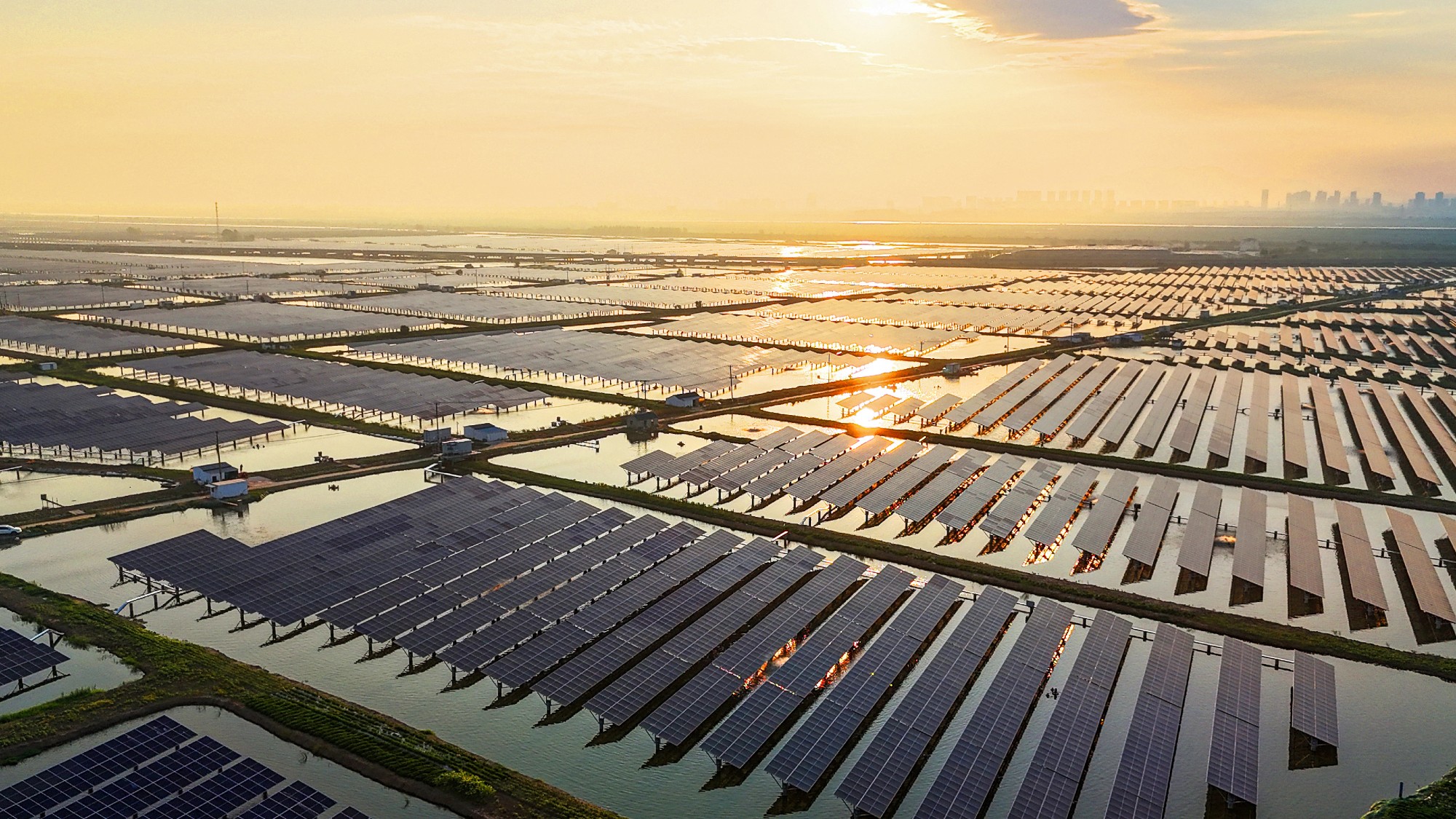England's new national forest
The 6,000-acre Western Forest will be spread between farms and urban areas

England's first new national forest in more than 30 years will be created between the Cotswolds and the Mendip Hills near Bristol, the government has announced.
Twenty million trees will be planted, as part of a drive to bring greenery closer to people in cities and towns.
'Creating local woodland'
The Western Forest is the first step towards fulfilling Labour's manifesto promise to plant three national forests, and meeting its target of protecting 30% of land for nature by 2030. At least 6,000 acres of woodland will be created across Gloucestershire, Wiltshire and Somerset, and the government will be funding the project with up to £7.5m of public money.
The Week
Escape your echo chamber. Get the facts behind the news, plus analysis from multiple perspectives.

Sign up for The Week's Free Newsletters
From our morning news briefing to a weekly Good News Newsletter, get the best of The Week delivered directly to your inbox.
From our morning news briefing to a weekly Good News Newsletter, get the best of The Week delivered directly to your inbox.
The plan is "not to blanket one contiguous area with new trees", said The Times, but to "intersperse them among farmland and urban areas". Patches of ancient woodland and hedgerows will be expanded, creating "local woodland" in areas where "tree cover" is low, allowing greater access to nature for the millions who live around Bristol, Gloucester, Swindon and Bath.
The new national forest will also help the government's drive to net zero, and support wildlife, creating more habitats for dormice, and for the 35 pine martens reintroduced to the Forest of Dean between 2019 and 2021.
'Increase the pace of tree-planting'
The original National Forest was created in the Midlands in the 1990s. A "glorious forest" was "built from scratch", said The Telegraph, as 200 sq miles of "mine-scarred landscape" across Leicestershire, Derbyshire and Staffordshire were replanted with 9.8 million trees.
The total area of woodland across the whole of the UK is currently estimated at 3.28 million hectares (7 million acres) and some 13% of the total land area. New trees are planted every year – official figures record about 13,000 hectares (32,000 acres) of newly created woodland in 2023 – but the new Western Forest project will "increase the pace of tree-planting", said The Times, in an effort to help the government reach its target of 16.5% forest cover by 2050.
A free daily email with the biggest news stories of the day – and the best features from TheWeek.com
'Much more to do'
Alex Stone, the chief executive of Forest of Avon Trust, which is leading the tree-planting project, said the charity is "thrilled to have led a wonderfully diverse and engaged" partnership to "bring the Western Forest to life".
The project is about resource and expertise coming "directly to landowners, partners and communities, planting millions of trees in the right places".
But Andy Egan, head of conservation policy at the Woodland Trust, told the BBC that, while there had been "significant progress" on tree planting, there was still "much more to do" to meet targets, and a "tough public spending environment" could "risk undoing much of the good work".
Chas Newkey-Burden has been part of The Week Digital team for more than a decade and a journalist for 25 years, starting out on the irreverent football weekly 90 Minutes, before moving to lifestyle magazines Loaded and Attitude. He was a columnist for The Big Issue and landed a world exclusive with David Beckham that became the weekly magazine’s bestselling issue. He now writes regularly for The Guardian, The Telegraph, The Independent, Metro, FourFourTwo and the i new site. He is also the author of a number of non-fiction books.
-
 West Africa’s ‘coup cascade’
West Africa’s ‘coup cascade’The Explainer Guinea-Bissau takeover is the latest in the Sahel region, which has quietly become global epicentre of terrorism
-
 Daddy Pig: an unlikely flashpoint in the gender wars
Daddy Pig: an unlikely flashpoint in the gender warsTalking Point David Gandy calls out Peppa Pig’s dad as an example of how TV portrays men as ‘useless’ fools
-
 Codeword: December 3, 2025
Codeword: December 3, 2025The daily codeword puzzle from The Week
-
 Death toll from Southeast Asia storms tops 1,000
Death toll from Southeast Asia storms tops 1,000speed read Catastrophic floods and landslides have struck Sri Lanka, Indonesia, Thailand and Malaysia
-
 Can for-profit geoengineering put a pause on climate change?
Can for-profit geoengineering put a pause on climate change?In the Spotlight Stardust Solutions wants to dim the sun. Scientists are worried.
-
 How will climate change affect the UK?
How will climate change affect the UK?The Explainer Met Office projections show the UK getting substantially warmer and wetter – with more extreme weather events
-
 Can the UK do more on climate change?
Can the UK do more on climate change?Today's Big Question Labour has shown leadership in the face of fraying international consensus, but must show the public their green mission is ‘a net benefit, not a net cost’
-
 Did Cop30 fulfil its promise to Indigenous Brazilians?
Did Cop30 fulfil its promise to Indigenous Brazilians?Today’s Big Question Brazilian president approves 10 new protected territories, following ‘unprecedented’ Indigenous presence at conference, both as delegates and protesters
-
 Can the world adapt to climate change?
Can the world adapt to climate change?Today's Big Question As the world gets hotter, COP30 leaders consider resilience efforts
-
 Taps could run dry in drought-stricken Tehran
Taps could run dry in drought-stricken TehranUnder the Radar President warns that unless rationing eases water crisis, citizens may have to evacuate the capital
-
 The future of the Paris Agreement
The future of the Paris AgreementThe Explainer UN secretary general warns it is ‘inevitable’ the world will overshoot 1.5C target, but there is still time to change course